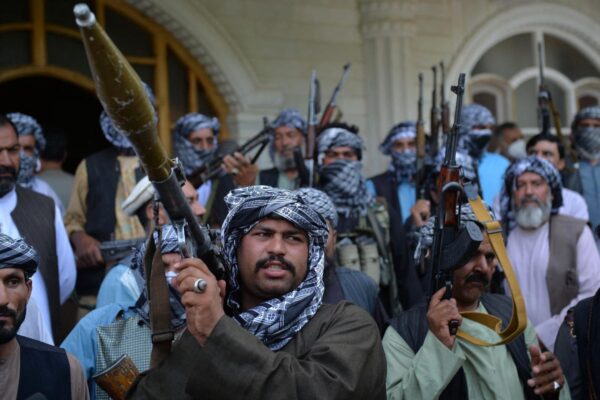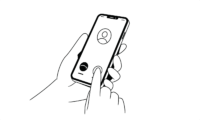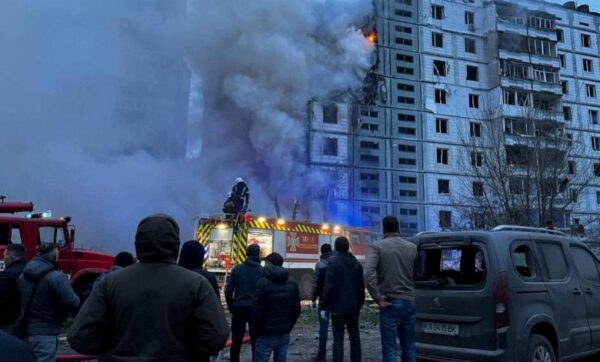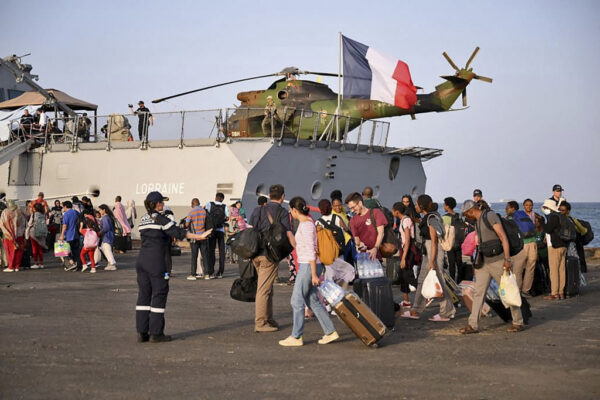
August 31, 2021 marked the end of a two-decade-old war by the US in Afghanistan. The US went to war in Afghanistan seeking to go after the Taliban for giving retreat to Al Qaeda, the architect terrorist association responsible for the cowardly9/11 attacks. The attacks on the iconic World Trade Center claimed close to lives. For the West, in particular the US, indeed after two decades, the ideal of going to war in Afghanistan is still uncertain Was it to fight terrorism? Was it for nation structure?
.
But as questions persist, it’s important to concentrate on the new leadership in Afghanistan the Taliban, their government and how effectively or not they’ve managed to communicate and thereby hone their public tactfulness exposures. The Taliban seek legality. This is aimed at establishing politic relations, dispatches strategy, investment and trade. These are crucial for the governance to stay in power.
Can bad actors like the Taliban use strategic communication chops as a subset of public tactfulness? This question came to fore when a Taliban leader wrote an Op-ed in The New York Times in 2020. Prior to this, in early 2000s, Voice of America ran an interview with Taliban’s leader Mullah Omar, which was latterly pulled down after expostulations from also US administration. The interview was conducted in Pashtu, this was Taliban’s foremost media engagement in which he explained that America has taken the entire Islamic world‘hostage’.
The Taliban have been visionary on social media, aiming to enhance and broaden their image. The Taliban have used the technology of the West to communicate its communication — of the West being‘ intolerant, vicious and fraudulent on vengeance’.
Be it Facebook, Twitter, Instagram or group exchanges on WhatsApp and Telegram, the Taliban and their sympathizers have been successful in tapping into these networks to communicate their communication. The Taliban’s ideal has been to use these transnational platforms, especially of the US, against the US and to make transnational following.
Easily, their messaging and push on social media was and is transnational. The targeted strategy on social media is aimed at reaching Afghans living abroad and implicit sympathizers, especially those sceptical of Western powers.
By 2011, according to Brookings Institution, the Taliban were on Twitter, and by 2014 on Telegram. By 2019, the Taliban had learned to trend hashtags on Twitter.
Like utmost other radical Islamist terrorist associations similar as the Islamic State and the Al Qaeda, the Taliban too seek to capsize the West and in particular the US, using western communication technologies, similar as Twitter.
In his 2016 book,‘The Taliban’s Virtual Emirate The Culture and Psychology of an Online Militant Community’, Neil Krishan Aggarwal argued that the Taliban used the internet to great advantage‘in transubstantiating existent and community individualities through deliberate ways of tone- donation, social positioning, and relating to others that realize and reflect artistic change’.









